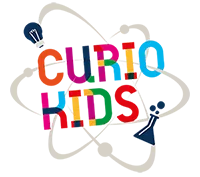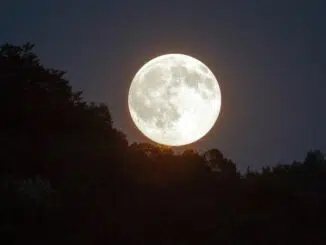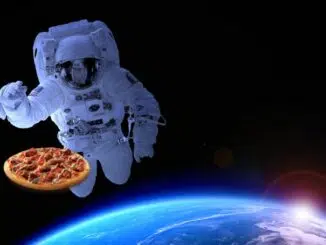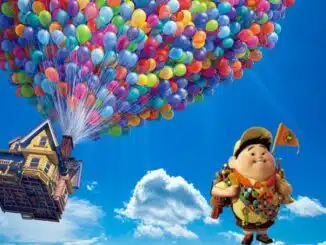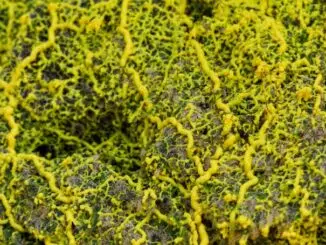
Where do champagne bubbles come from?
The bubbles present in champagne are composed of carbon dioxide. The same gas we release […]

Why does champagne make us drunk faster?
Champagne contains alcohol. This is why it should be consumed in moderation by adults. But […]

Natural Christmas trees, why do some smell and others not?
The Christmas tree is the star of the house. It decorates, it lights up, it […]

Where does the smell of gingerbread come from?
There is no Christmas without the delicious gingerbread. Whether it comes in the form of […]

How do fireworks work?
During this holiday season, you will certainly not fail to contemplate fireworks illuminating and coloring […]
Also discover the richness of our heritage!

Biomimicry: when nature inspires scientists
Laetitia MESPOUILLE Designing sustainable, environmentally-friendly solutions is possible. The trick? Drawing inspiration from nature. We […]
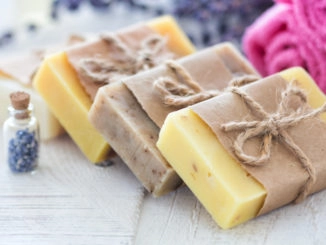
How to make soap in wartime?
During the Second World War, we were short of everything, and therefore of soap. The Belgian population, rationed, made some with its own means. […]

Why fear wolves?
The fear of the big bad wolf, maintained since the Middle Ages by tales and fables, is linked to the fear of our own animal impulses. But the wolf is practically harmless for the Man […]
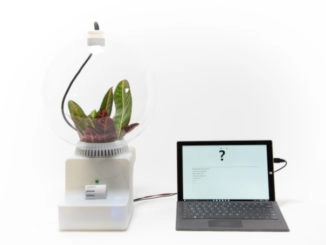
When the intelligence of plants is exploited by robots. Discover the Plant Fever exhibition at the Centre d’Innovation et de Design in Grand-Hornu.
Plants do not have a brain or nervous system like us. And yet, researchers show that they are gifted with intelligence. Defending themselves against aggression, finding their food, or communicating through their roots, these are all incredible elements that demonstrate the intelligence of plants.
But it is not only scientists who are interested in the plant kingdom. Artists too are amazed at their prowess. So much so that they are inspired by the intelligence of nature to create new, revolutionary, and breathtaking objects or tools. Plant Fever is an exhibition that bears witness to the power of plants… that human is trying to mimic. […]

No radar, no microwave oven! A History to discover at the War Heritage Institute.
The microwave oven is now present in most kitchens in so-called industrialised countries. Did you know that there are more than 300 million of them in use around the world? A look back at the success story of an object that came out of the radars used during the Second World War. […]
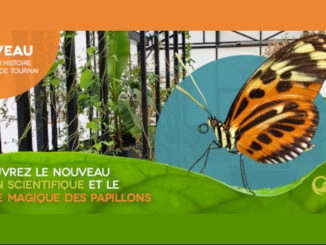
An extraordinary garden at the Natural History Museum of Tournai
Since June, the Museum of Natural History and Vivarium of the City of Tournai invites you to discover its new garden laid out in 2000 yd, combining relaxation and education. […]

Biodiversity at the PASS – Many activities for your children
Biodiversity will be the theme of this summer 2020 at the PASS. Numerous outdoor and indoor activities await you to discover 3 themes which are food, matter, and biomimicry. […]
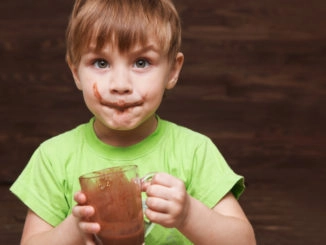
5,000 years ago, we drank chocolate
You probably eat chocolate every day.
For some people, biting into a piece of chocolate has become a simple, comforting, greedy, daily gesture.
Biting into a piece of chocolate is a tradition that dates back to the 1800s… But did you know that the history of the chocolate drink, or rather the cocoa drink, is much longer?
[…]

Hearing, an incredible sense to discover with Houtopia, a universe of senses
At Houtopia, the hearing will no longer hold any secrets for you! Discover the McGurk effect, stereophony, and the Chladni table. […]
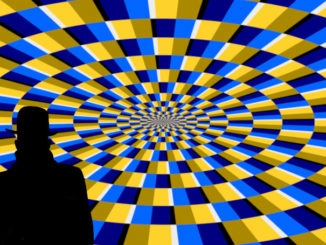
Understanding optical illusions with René Magritte
Sometimes your brain shows you images that in reality don’t exist or are physically impossible. Images that present a different reality. These are called optical illusions. A principle that René Magritte, the famous Belgian painter, was able to exploit to create remarkable and world-famous paintings. […]

The phenakistiscope, the ancestor of cartoons
A very fast succession of images gives the impression of continuous movement, like in cartoons. It works thanks to a phenomenon called the retinal persistence. It was the Brussels native Joseph Plateau who discovered it and created the first phenakistiscope. […]

The protective mask through History
If there is one object that symbolizes the coronavirus pandemic that affects the entire planet these days, it is the mask. A small square of plastic or fabric that has become essential to protect ourselves from the spread of Covid-19. This accessory, which acts as a barrier to microbes and other harmful substances, is not new. Thanks to the observation of the first “scientists” and doctors of the past, the mask was created, it must be said, to protect us. Here is the little story of the mask. […]
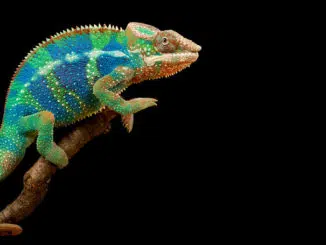
How does the chameleon blend into its environment?
When we change clothes, it’s for the pleasure of wearing what we like, playing sports or dressing up. The chameleon makes fun of fashion or carnival, if it changes skin color, it is for more primary reasons. Green, brown, yellow, but also blue or pink, the chameleon is the undisputed master for changing skin. But how does it work? […]
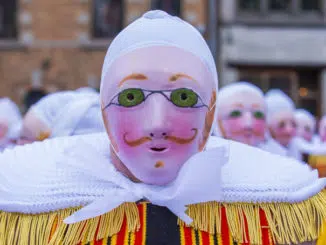
How are Gilles de Binche’s masks made?
The Gille is the most important character in the carnival of Binche, a village located in the Province of Hainaut in Belgium. We can easily recognize him by his orange suit, his big white feathers that he wears on Mardi Gras on his head, and by his mask, his mustaches and red favorites, green glasses! But how are these masks made? […]

White chocolate, real or fake chocolate?
Belgium’s flagship product, recognized beyond its borders, chocolate is a delicacy you may enjoy almost daily. In a spread, in cocoa, or a stick, decorated by hazelnut fragments or filled with praline, the possibilities are numerous as long as you can lick your fingers afterward. But chocolate is brown, right? So what is white chocolate? […]
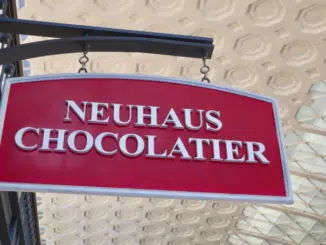
The praline of Jean Neuhaus, a Belgian delight recognized all over the world.
Belgium is the country of chocolate. The whole world knows it! But what people don’t know is that before it was a praline, chocolate was used to make drugs taste better. So it wasn’t in a chocolate factory that it all started, but in a pharmacy in Brussels, where we sold drugs to treat people. […]

Robert Cailliau, the forgotten co-inventor of www!
Two of them have developed the web: an Englishman named Tim Berners-Lee, and a brilliant Belgian scientist who has been forgotten, Robert Cailliau. How could we forget the name of a man behind the technology we use every day? Even the Britannica encyclopedia attributes the invention of the web to the English scientist, neglecting his Belgian colleague. […]
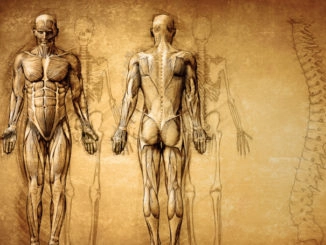
Andreas Vesalius, the father of anatomy
Anatomy is the science that studies the shape, structure, and positioning of the organs in our body. And the father of anatomy is none other than the Belgian André Vésale. […]

The giraffe, an animal that will surprise you every time!
Few animals like giraffes. It’s true what! They are tall on legs, they have a very long neck, a doe look, camel horns and a leopard dress. What strange mammals! […]
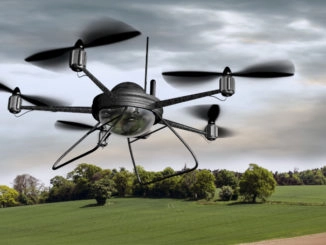
War Heritage Institute: the drone from yesterday to today
Drones, these devices recognizable among a thousand by the roar of the propellers, are not only used to take photos. This technology, developed for military purposes during the First World War, fulfilled many missions for the army, such as detecting humans or animals using an infrared camera, filming and transmitting what was happening in the field in real-time. […]
